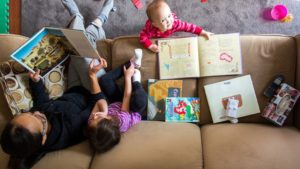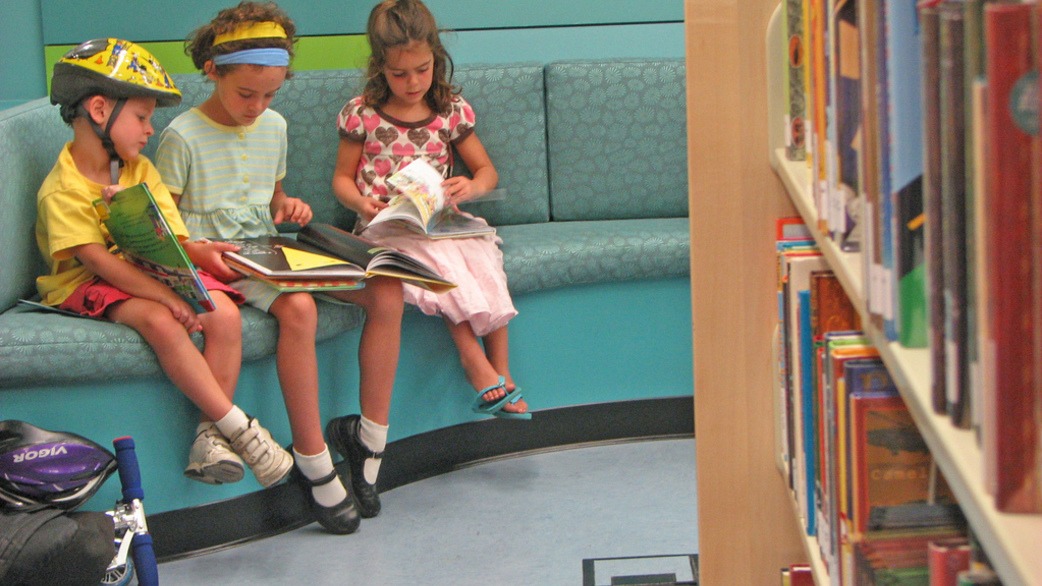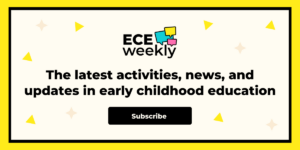Before they reach school age, preschoolers need several important foundational skills that will allow them to become successful readers in the future.
Early literacy skills, reading comprehension, oral language development and phonological awareness are fundamental to a child’s success as they become an adult, so providing the resources and materials to encourage pre-reading in the early literacy years is especially crucial for preschool children. Read more about Early Childhood Education here.
Early Childhood Reading Programs
By implementing a preschool reading program for your preschoolers, you can work towards boosting the child’s progress and early literacy development.
By teaching reading skills and early literacy skills through developing reading programs in early childhood education, the children will be better prepared for school. This can also help english language learners and struggling readers increase their english reading comprehension and phonemic awareness.
1. Start With Letters and Sounds When Teaching Children
There are countless preschool reading program packages on the market which are designed to guide educators and parents through the beginning stages of reading. While these may have seen some success, there are plenty of free resources and activities available online that will allow you to introduce the alphabet, letter shapes and sounds to beginning readers.
Look for free lesson plans, activities and printables that focus on teaching alphabet letters and their shapes and sounds.
2. Establish a Reading Center in the Classroom for Early Literacy
Choose a quiet area of your classroom that is devoted to developing early literacy skills. Create a comfortable space that invites children to sit and read a story, practice writing their name or listen attentively to story time.
Establishing a cozy and welcoming spot to explore reading will encourage preschoolers to curl up with a book and develop a positive relationship with reading and books.

3. Offer a High-Quality Selection of Books
Your classroom’s book collection should include time-honored classic children’s books, but don’t forget to also select books that reflect the unique interests of the preschoolers that make up your class. Offer a variety of picture books, poetry, fiction and non-fiction books to spark curiosity.
Rotate books as often as possible, adding in seasonal books, holiday stories and books that relate to the specific topics you’re covering in your early education lesson plan.
4. Use Early Literacy Activities and Games in Early Childhood Programs
Practice makes perfect! Repetition is key when moving through your preschool reading program, and continuing to reinforce already learned letters, sounds and syllables through games and activities will solidify these skills. From letter tracing to flashcards, sight word puzzles and rhymes, there are endless activities to try.
Here are a few great resources for reading activities that are appropriate for early education:
- 11 Early Activities for Preschool Free Choice Time
- Preschool Pre-Reading Activities
- 11 Early Activities for Preschoolers

Establishing your own preschool reading program based on early childhood research does not have to be difficult. Pre-reading skills can be encouraged by providing the right environment for young readers and by introducing the right activities to engage them and boost the child’s development. If an in-person reading program is not possible, online reading programs are also an option.
For more on early literacy in early childhood education for early childhood educators, join the conversation at @HiMamaSocial and don’t forget to sign up for updates from our HiMama Blog!



